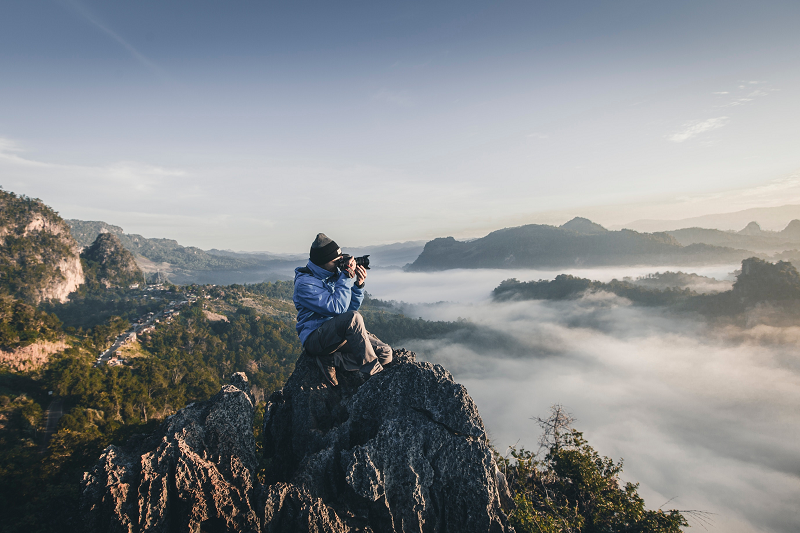
Photo by: Alif Ngoylung
Whether you are an experienced photographer or just starting out, the truth is there’s always room to grow your skillset and improve your photography.
This is certainly the case when it comes to landscape photography. From harsh weather conditions to challenging environments –not to mention the difficulties of working with quickly changing lighting conditions –there are a plenty of variables and a lot to consider when you’re out with your camera. When it comes to landscapes, it can be difficult to capture amazing images; ones that are in line with your artistic vision.
Fortunately, though, there’s a lot that you can do to improve your skills –and your resulting images. By being prepared, and knowing what to look for when shooting landscapes –you can prepare yourself for anything the day might bring!
If you’re looking to take your landscape photography up a notch, here’s a look at a few tips that’ll help to make a difference.
1. Look to Include a Focal Point
Every image needs a focal point. Without it, your viewer will simply become lost in the details of what could have been an amazing shot. Landscape photographs often end up looking bleak and empty without a main point of interest so try to include some eye-catching details that can serve as the main focal point in your photos. You’ll also want to carefully consider its placement in your composition, and look for supporting elements like leading lines to help draw the eye into the image, and on towards the main focal point.
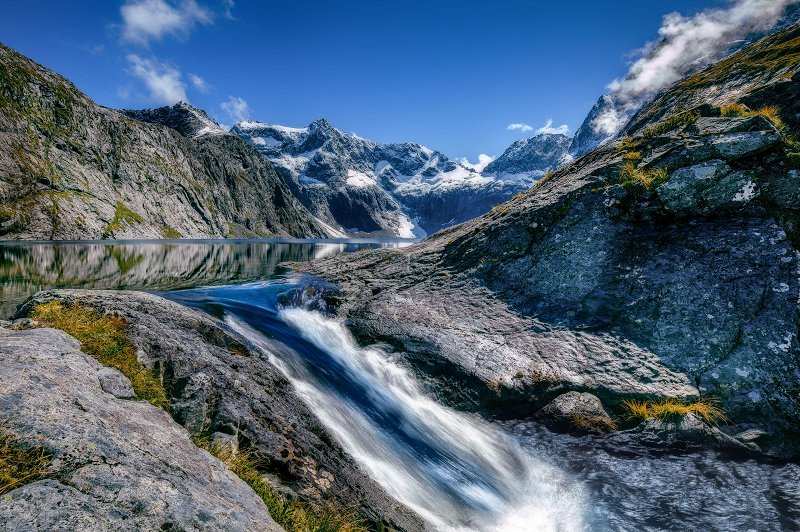
Photo by: Samuel Ferrara
→ Related reading: How to Choose a Focal Point for Your Landscape Composition
2. Try a Different Lens
While most landscape photographs are captured using a wide-angle, if you are looking for ways to change it up, you might consider trying a zoom lens. Using a telephoto lens could help you to see landscapes a bit differently; allowing you to capture the details or patterns in landscapes that are otherwise easily overlooked. Experimenting with a different lens can open a new perspective that you wouldn’t otherwise get.
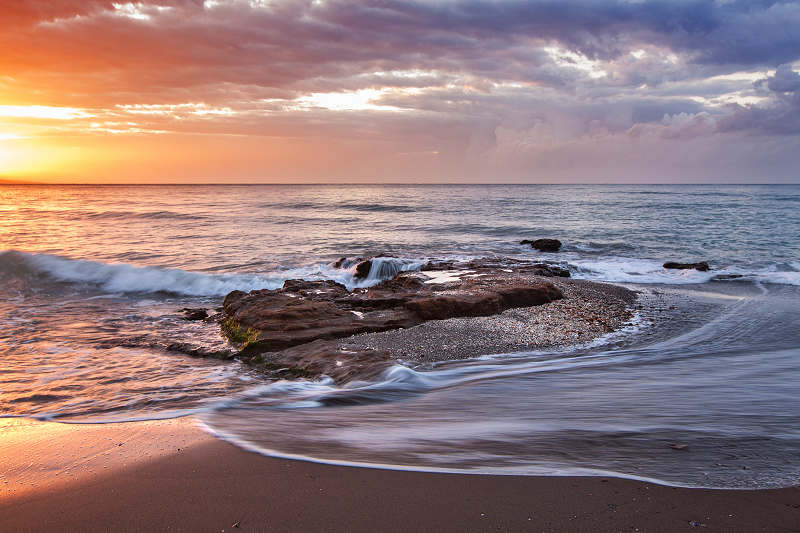
Photo by: Quino Al
3. Make the Most of Available Light
Lighting, without a doubt, is one of the most important factors in photography –and being able to make the most of available light is key to amazing landscape images. When capturing landscape images, you’ll want to keep your eye out for spectacular lighting conditions, the light that’s found just before, or after a storm –along with the early morning light, or lighting conditions in the late afternoon is ideal.
4. Get Creative With Your Foregrounds
Getting creative with the foregrounds in your landscapes can be a great way to change up your photographs. Your foregrounds play an important role in setting your images apart from the rest. Adding an interesting foreground can also help give your image a sense of depth and dimension, grabbing your attention and leading you deeper into the images.
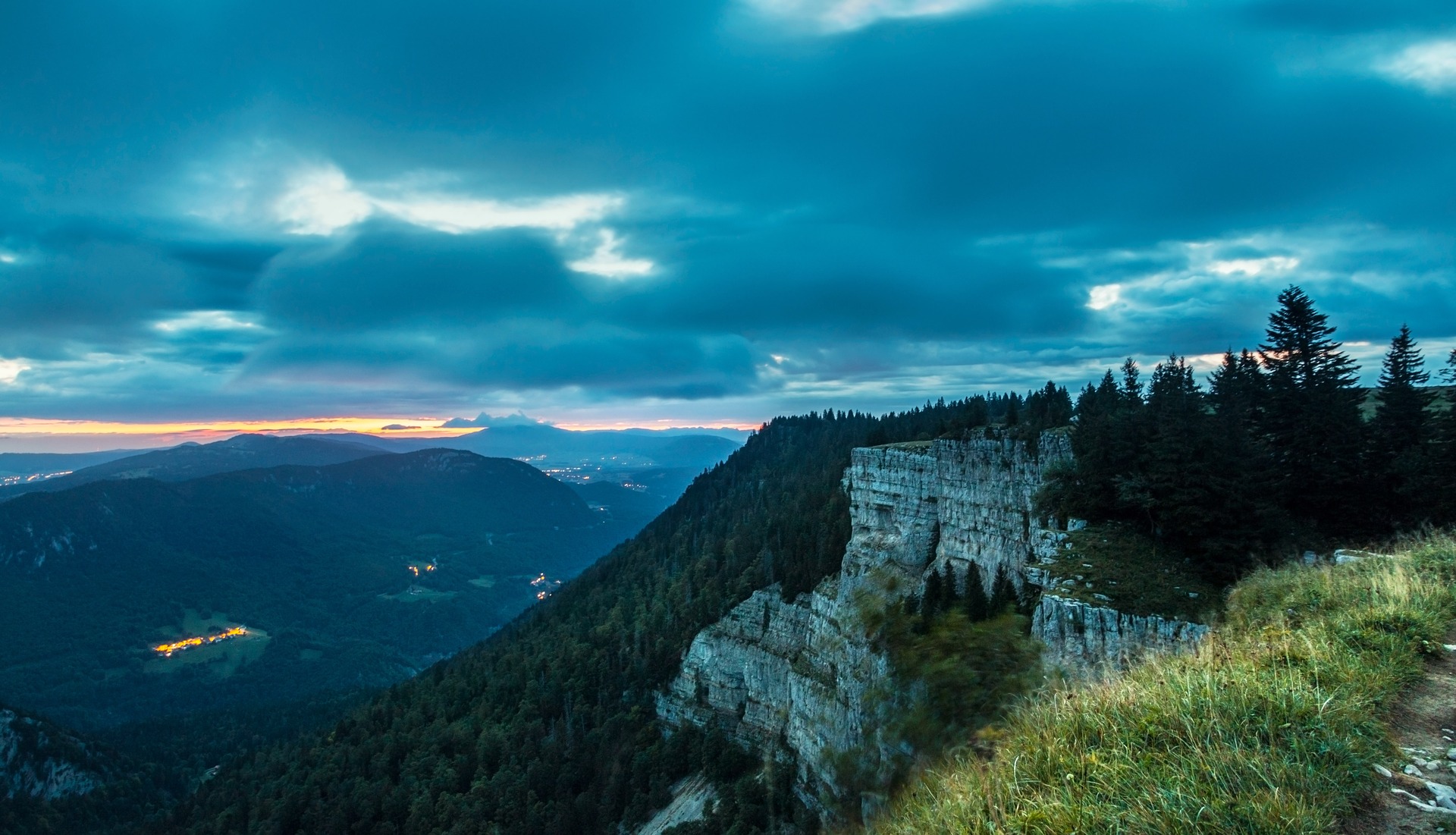
Image by Lukas Bieri | Pixabay License
5. Try Framing
Speaking of foregrounds, when shooting with a wide-angle lens, it’s easy to frame your composition with elements that are softly blurred. Foliage or overhanging tree boughs make ideal objects for framing images, helping to add some context and extra interest to your composition. Or get down low and shoot through some grass or wildflowers –another way to frame your shots.
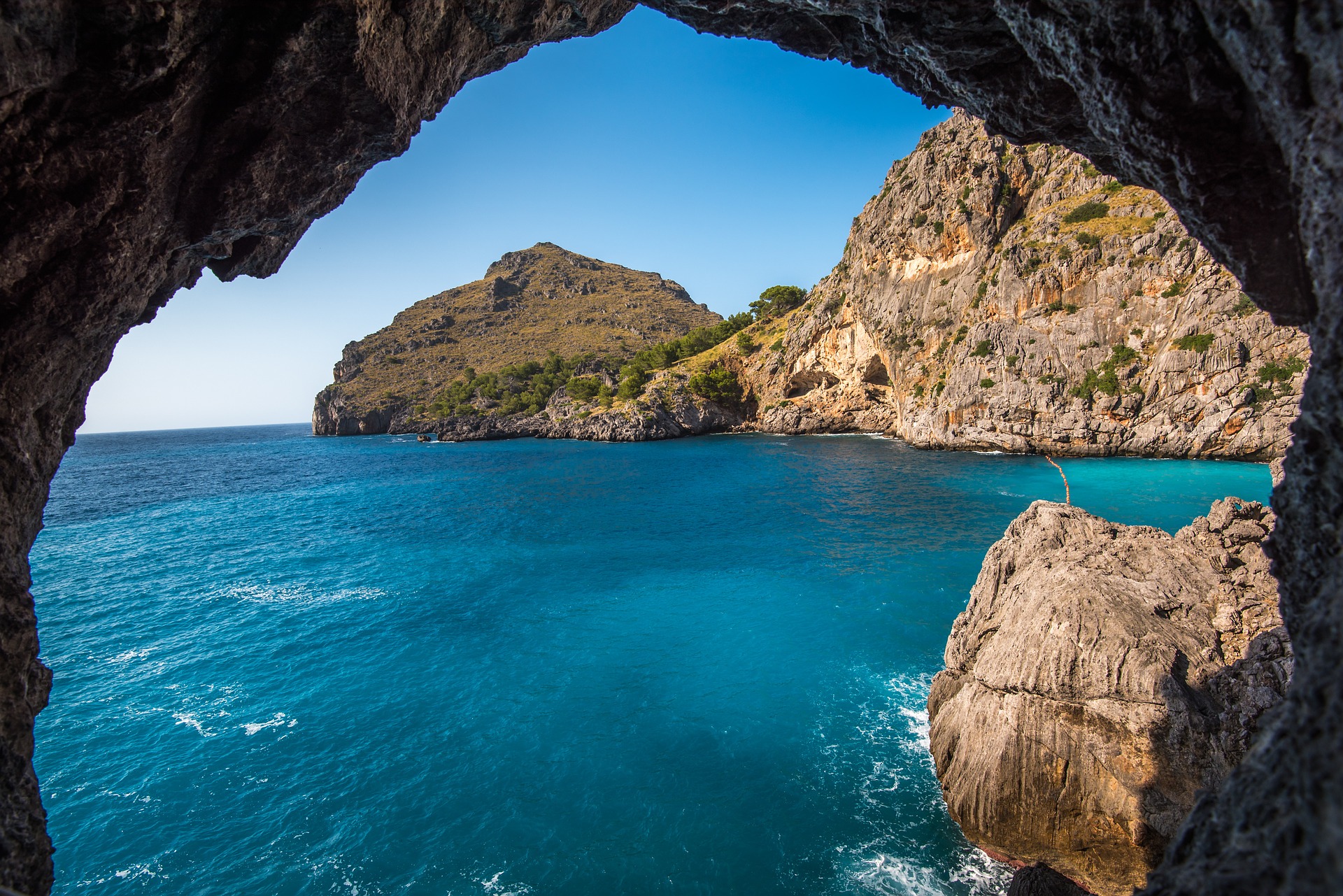
Image by Free-Photos | Pixabay License
6. Use a Narrow Depth of Field
The depth of field plays an important role in your landscape images. While most landscapes have the entire shot clear and in-focus, you might consider playing around with the depth of field, using a wide aperture (smaller f-stop) to capture an image with a narrow depth of field.
You can use the depth of field to help simplify a busy composition. A wide aperture allows you to bring out the small details that you’d like to emphasize while blurring the rest into the background. Likewise, it’s a great way to help add balance to an image that would otherwise be too distracting with competing elements.
7. Try Using a Slow Shutter Speed
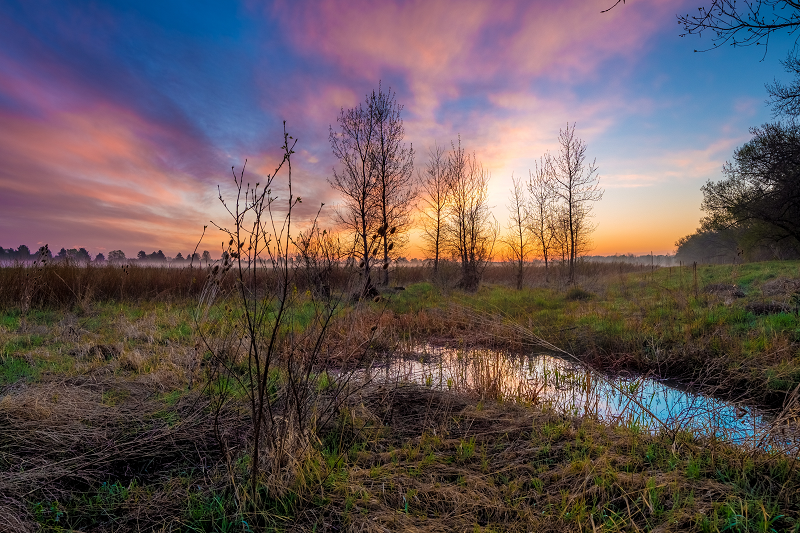
Photo by Jeremy Thomas | Unsplash License
Using a slow shutter speed is a popular technique when it comes to capturing captivating landscapes. Consider using a slow shutter speed to gently blur movement –such as floating clouds, a choppy sea, or rustling fields of wheat, rendering it as softly blurred. This is a great way to create dreamy, ethereal landscapes with a beautiful, peaceful feel to them.
→ Related reading: How to Choose a Focal Point for Your Landscape Composition
8. Use Filters
Both ND and polarizers are great pieces of gear for landscape photography. One of the biggest challenges for landscape photographers is finding that balanced exposure between the sky and foreground. Graduated ND filters, though, have part of the can help make it easier to find this balance by compensating for the differences between the bright sky, and the darker foreground. Polarizing filters can help reduce unwanted reflections on water or shiny surfaces, as well as help to boost the saturation of the sky, and foliage as well. If you’re planning on using a slow shutter speed in the day, then you’ll want to get ahold of an ND filter to help block out some of the extra light, preventing your image from becoming overexposed.
→ Related reading: How and Why to Use a Neutral Density Filter
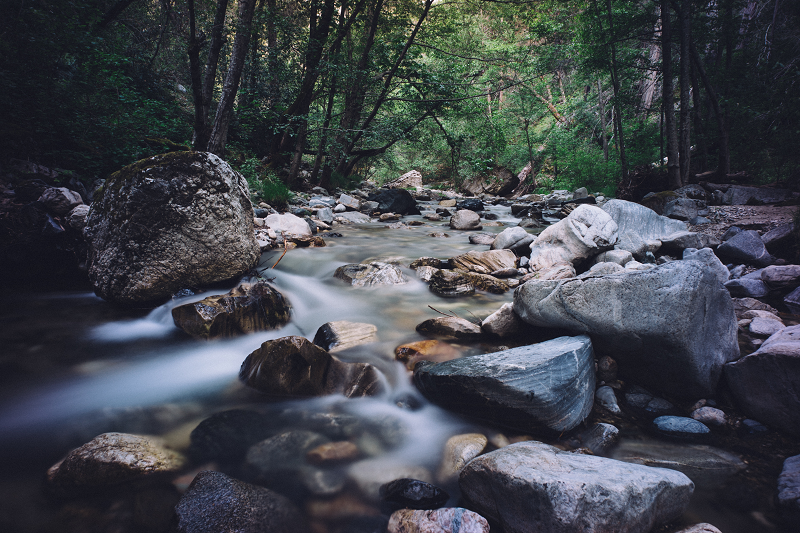
Photo by: Andy Mai
9. Avoid Auto White Balance
In most cases, you’ll want to avoid relying on your camera’s auto white balance setting. Generally, this will result in images that are lackluster with colors that are desaturated. Instead, try setting a specific white balance –such as Daylight for sunny conditions and Cloudy for clouds for striking images with deeper, more saturated colors.
10. Stay Original
It is great to look at the work of others for inspiration. And these days, you don’t have to go far to find inspiration. By looking at the work of others –and emulating their style, you can work to develop your own signature style as well. Just remember it takes practice to develop your own style, so don’t give up.
While landscape photography is something that takes a considerable amount of time and practice to perfect, it’s also tremendously rewarding. By implementing some of the above ideas –and with plenty of patience and practice soon you’ll be capturing some amazing landscape images.
What has helped you personally to improve your landscape photography?
Photo license links: Pixabay license, Unsplash license